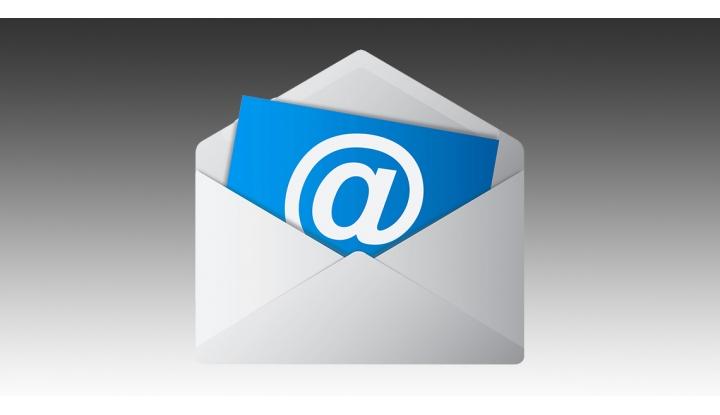Today everyone has an email address to send messages to their family, friends or for work.But what is the e -mail service and how does it work?
What is e-mail or e-mail
It is one of the most used and widespread services of the internet that allows you to send messages in the form of files.To use e -mail you need to have an Internet access as well as an account on a messaging server (Pop3 for Post Office Protocol that we could translate with "Post Office Protocol") assimilated to the post box in which you put the mail you want to send.
To prevent anyone from seeing your mail, this is protected by a login and a password.Your electronic address is therefore a mixture of all these data, written as follows:
Login@server.pop (ad esempio "mario.Rossi@ccm.net" - letteralmente "Mario ROSSI at ccm.Net "or in Italian" Mario Rossi a CCM.net ").The "@" symbol (in Italian we speak of "snail") is pronounced "at" in the case of an email address.
How the computer knows where to send the message
The principle of operation of the e -mail is that of asynchronous communication, i.e. the domain of the pop server is associated with an IP address (which somehow corresponds to the address of the recipient who is written on the envelope in the form: Name- surname - Via - Città - Paese).The path that the mail will follow will be the one chosen by the routers.
What can be sent
Any file can be sent by e-mail (text, images, URL, video), however, it is necessary to make sure the server does not impose a size limit for mail.
Use of e -mail

When the email software opens, a number of windows (or boxes depending on the software) appear (their name varies from one program to another):
Posta in arrivo, In entrata (In, Incoming), è qui che arriva la posta;
Posta inviata, Posta in uscita (Out, Sent), sono le copie dei messaggi inviati;
Cestino, Posta eliminata (Deleted, Trash), si tratta della posta cancellata dalle altre caselle;
Cartelle (Folders), si tratta di cartelle in cui è possibile ordinare la vostra posta.
E -mail fields
The meaning of the fields to be filled when sending an e-mail:
Da (From), il proprio indirizzo e-mail, di solito non si deve compilare questo campo perché è definito dal client di messaggistica in base alle proprie preferenze;
A (To), questo campo corrisponde all'indirizzo e-mail del destinatario;
Oggetto (Subject), è il titolo del messaggio che il destinatario vedrà quando vorrà leggere la posta;
Cc (Copia conoscenza), consente di inviare una mail a molte persone scrivendo i loro indirizzi rispettivi separati da virgole;
Ccn (Bcc: Blind Carbon Copy), (Copia conoscenza nascosta), si tratta di una semplice Copia conoscenza con la differenza che il destinatario non vede nell'intestazione l'elenco delle persone in Copia conoscenza nascosta;
Messaggio, il corpo della mail.
The other functions of the messaging are:
Allegati (Attached Files, Attachments), è possibile "allegare" un file al messaggio caricandolo dal computer con la funzione Allega;
Firma, se il software lo permette è possibile definire una firma, vale a dire poche righe di testo che verranno aggiunti alla fine della e-mail.
What to do with an e-mail
The operations on an e-mail are numerous, including:
Nuovo (New), scrivere un nuovo messaggio;
Elimina (Erase, Delete, Remove), cancellare un messaggio;
Archivia (Store, Backup).copy of a message in a safer place;
Stampa (Print), consente di stampare un messaggio.
Rispondi (Reply), invia un messaggio di risposta al mittente (a volte anche includendo il suo messaggio nel corpo della e-mail, con ogni linea preceduta dal segno maggiore > e Re: seguito dal soggetto come un modo per mostrare che è una risposta).The Reply button (in English Reply All) allows you to send an answer to the sender and all the other people who have copied;
Inotra (Forward), inoltra il messaggio a qualcuno indicando che il messaggio non proviene da voi.The subject is usually preceded by FWD: to indicate that it is a message that has been forwarded.
Notes regarding the use of e -mail
To make good use of e -mail, the following practices are recommended:
Save (archive) regularly messages on the hard drive;
Regularly delete the unnecessary files that clutter the server;
Do not send advertising;
Remember in the text of the message the main lines of the message to which you reply;
Use smiley.
to know more
Mail;
Software to load.
Photo: © Titov Nikolai - Shutterstock.com
